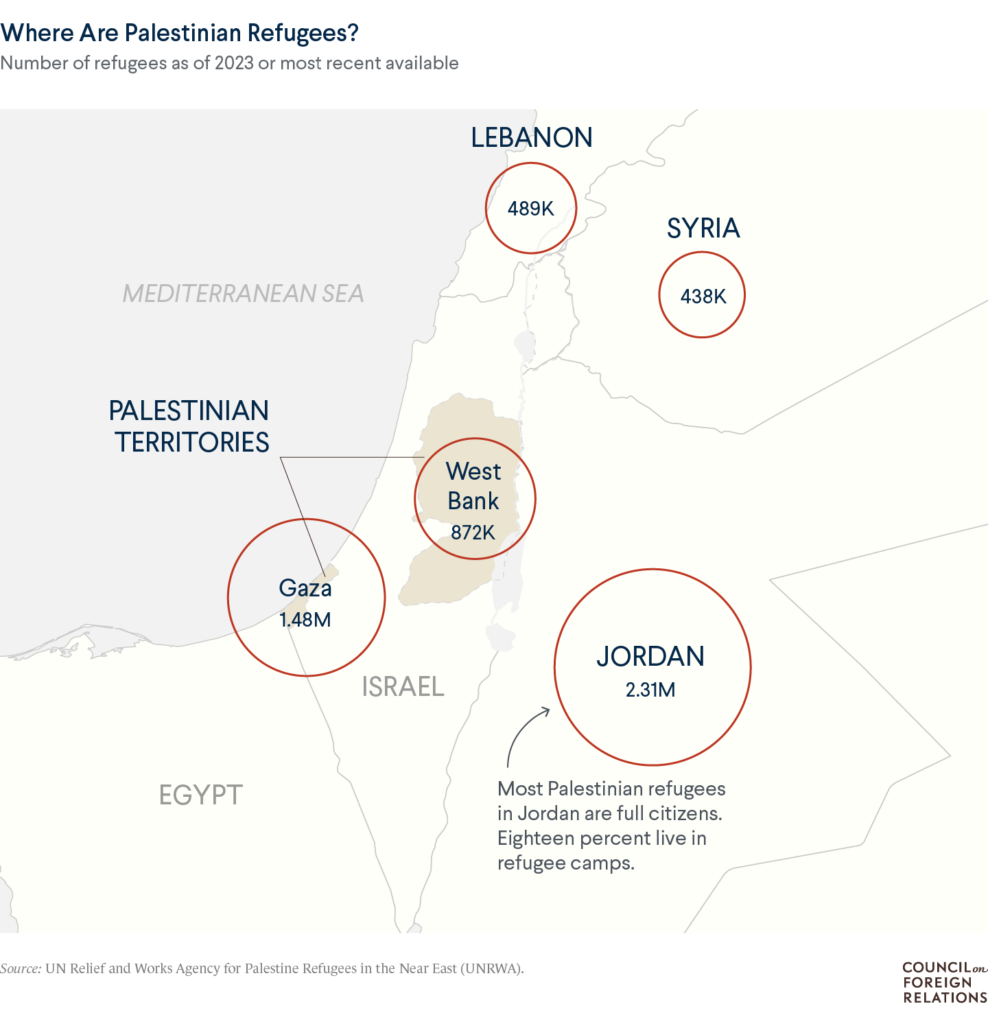Learning Process
To gain a comprehensive understanding of the pro-Palestinian protests on college campuses, I started with a broad overview of the Israeli-Palestinian conflict. I aimed to understand the historical, political, and social contexts that have influenced the current wave of protests. I approached the topic by first reading general information on the conflict and then diving deeper into specific events and movements, such as the BDS movement and student activism. This structured approach allowed me to build a foundational knowledge base before exploring the current events and their historical roots in detail.
Finding Sources
To find credible sources, I utilized several academic databases and search engines, including JSTOR, Google Scholar, and the websites of reputable news organizations. The primary search terms I used were “Israeli-Palestinian conflict history,” “pro-Palestinian college protests,” “BDS movement,” and “student activism Israel Palestine.” These terms helped me locate a range of sources, from academic articles and historical documents to recent news reports and opinion pieces.
Source Analysis
- Council on Foreign Relations (CFR)
- Reason for Selection: CFR is a highly respected think tank known for its in-depth analyses of international affairs. Its coverage of the Israeli-Palestinian conflict is thorough and provides a balanced perspective.
- Reliability: CFR is a non-partisan organization with a strong reputation for accuracy and reliability in reporting.
- Strengths: Comprehensive historical context and analysis of current events.
- Limitations: As a think tank, its reports may reflect certain policy perspectives.
- Institute for Palestine Studies
- Reason for Selection: This institute focuses specifically on Palestinian issues and provides detailed, scholarly research on the topic.
- Reliability: It is a well-regarded academic institution with peer-reviewed publications.
- Strengths: Detailed historical accounts and a focus on Palestinian perspectives.
- Limitations: May have an inherent bias towards the Palestinian viewpoint, but this is mitigated by cross-referencing with other sources.
- BBC News
- Reason for Selection: BBC is a globally recognized news organization with extensive coverage of international conflicts.
- Reliability: Known for its balanced reporting and factual accuracy.
- Strengths: Up-to-date reporting and comprehensive timelines of events.
- Limitations: General news coverage may lack the depth of academic sources.
- Foreign Affairs
- Reason for Selection: This journal offers expert analyses and articles written by scholars and practitioners in international relations.
- Reliability: Peer-reviewed and highly respected in the field of international affairs.
- Strengths: Provides in-depth analysis and insights into the peace process and diplomatic efforts.
- Limitations: Articles may reflect the authors’ viewpoints, which requires critical evaluation.
- New York Times
- Reason for Selection: The New York Times is a leading newspaper with extensive coverage of global events, including the Israeli-Palestinian conflict.
- Reliability: Known for rigorous journalism and investigative reporting.
- Strengths: Offers a wide range of perspectives through news articles, opinion pieces, and editorials.
- Limitations: As with all media, it is important to consider potential biases in editorial choices and framing.
Media Coverage Analysis
The coverage of pro-Palestinian college campus protests varies significantly across different media outlets. Mainstream media sources like the New York Times and BBC tend to provide balanced reporting, focusing on the facts of the protests, the demands of the protesters, and responses from university administrations and pro-Israel groups. They generally aim to present multiple perspectives to give readers a comprehensive view of the events.
In contrast, alternative media and social media platforms often exhibit more pronounced biases. Pro-Palestinian outlets emphasize the human rights abuses and the legitimacy of the protests, while pro-Israel sources focus on issues such as campus anti-Semitism and the potential for these protests to incite violence or disrupt academic environments.
A notable gap in the media coverage is the lack of in-depth historical context in many reports. While some outlets provide timelines and brief historical overviews, the complexities of the Israeli-Palestinian conflict are often underexplored. This can lead to a superficial understanding of the protests and their significance.
On social media, the portrayal of the protests is highly polarized. Hashtags and viral posts often reflect extreme positions, either strongly supporting or condemning the protests. This polarization can exacerbate misunderstandings and inflame tensions among students and the broader public.
In summary, my research process involved a careful selection of reliable sources that provided a balanced and comprehensive view of the pro-Palestinian protests on college campuses. By cross-referencing information and critically evaluating the sources, I aimed to present an informed and nuanced analysis of this complex issue. Understanding the different media portrayals and their potential biases also highlighted the importance of approaching such topics with a critical and open-minded perspective.





